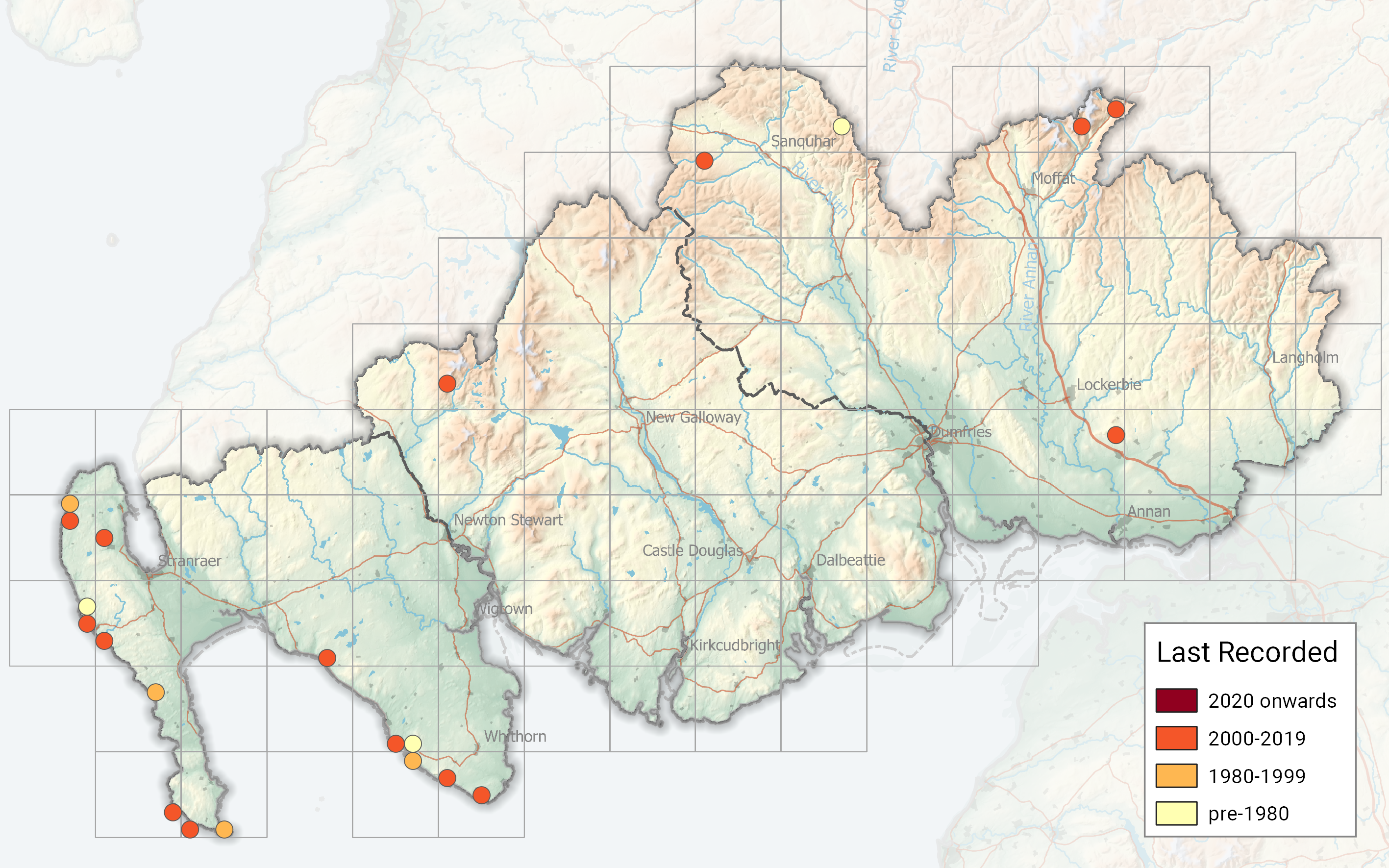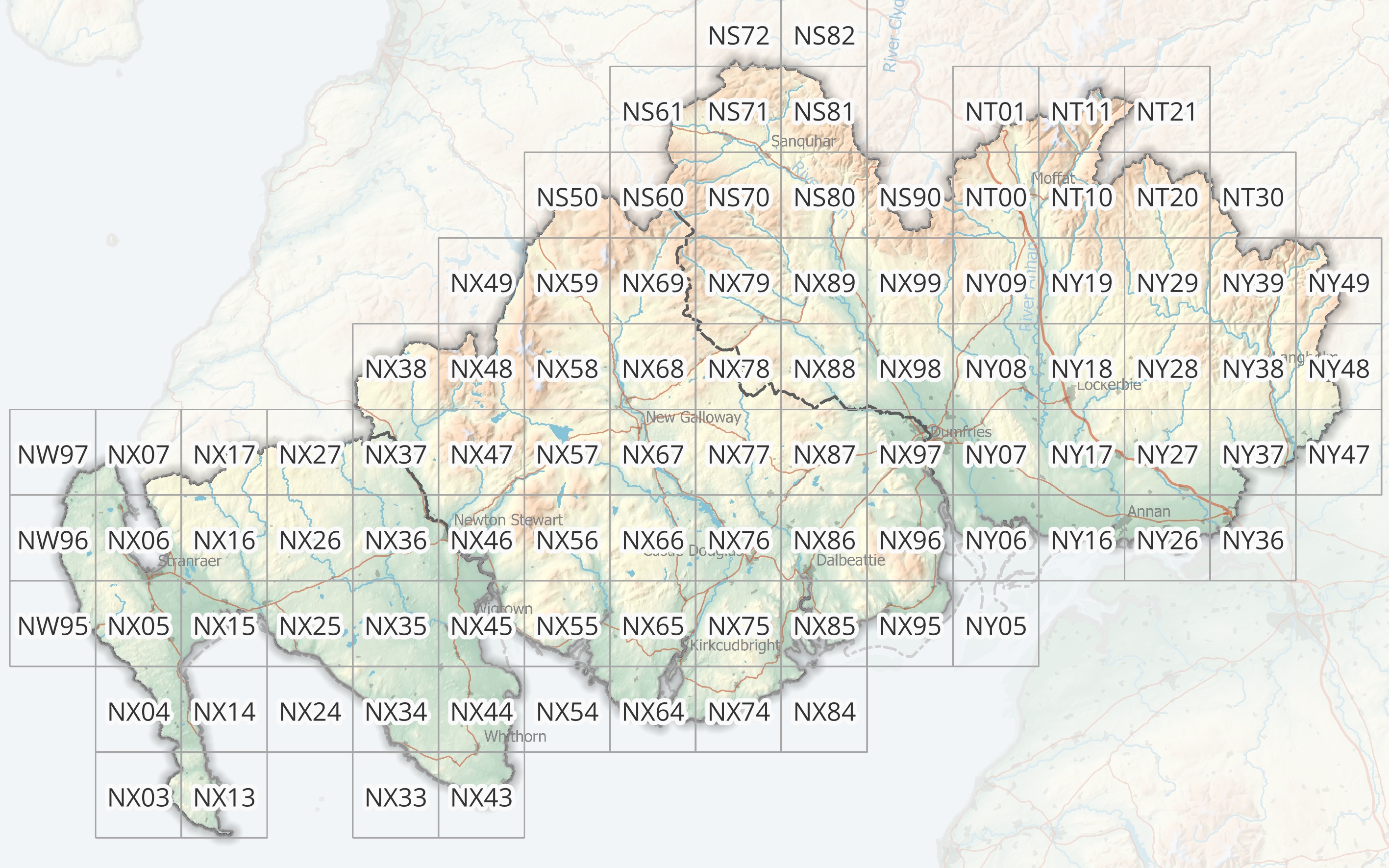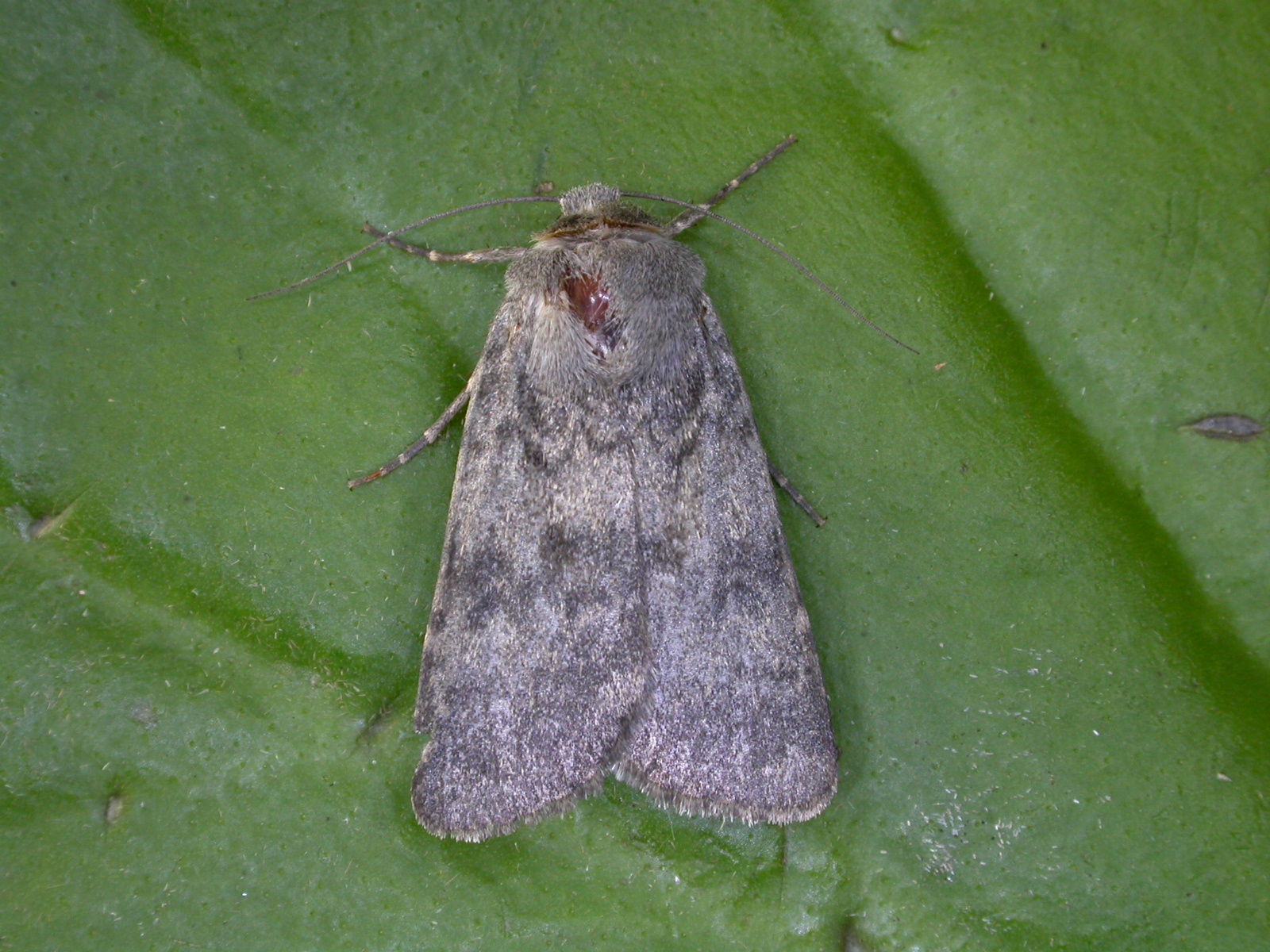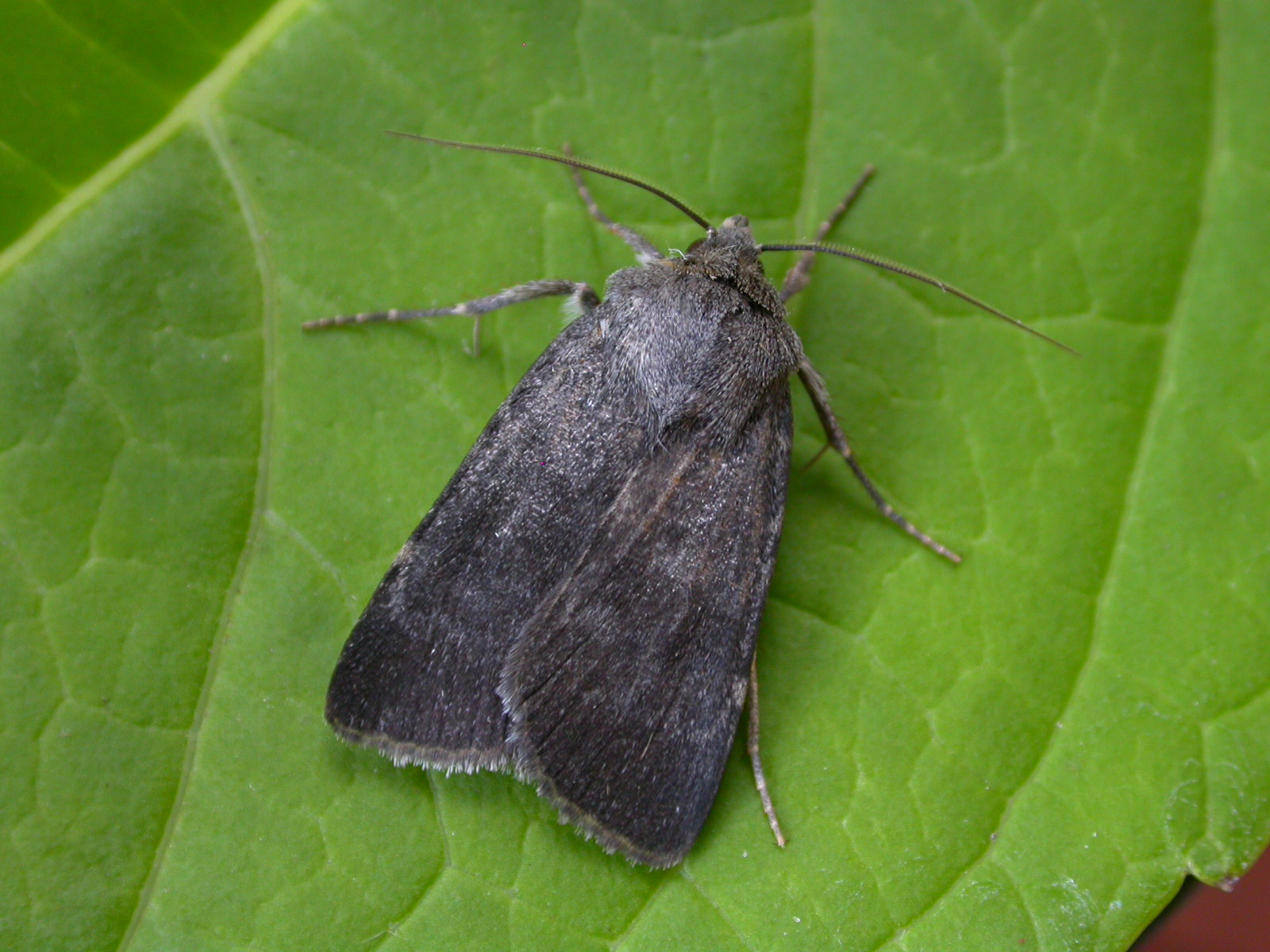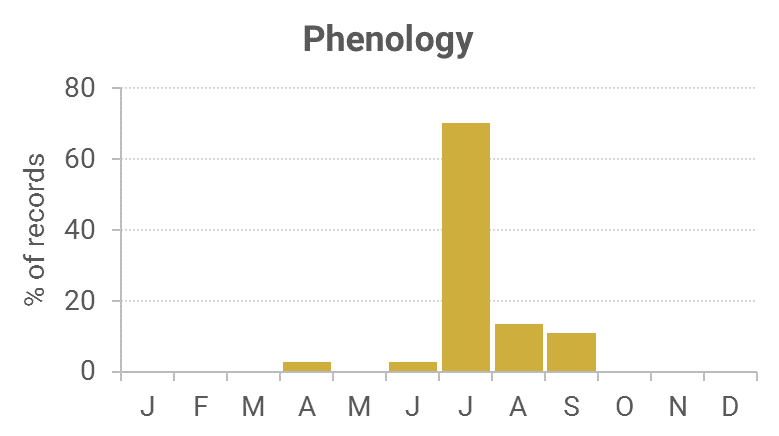Identification
The blurred markings on dark brownish grey forewings give it a distinctive look which will separate it from others. The hindwing is dark with pure white fringes.
Recording Method.
Attracted to light, also comes to sugar and flowers.
Life cycle
One generation. Overwinters as a small larva, during October to May, close to the ground on the foodplant, where it feeds at night.
Larval foodplants
Biting stonecrop, Saxifrage, Harebell and other herbaceous plants.
Habitat
Coastal cliffs, rocky slopes, scree and quarries.
History
Lennon (1863) had stated that it was not common, but that it had occurred at the Crichton Institution (VC72). It would appear that the habitat is not right for this species, though. K. J. Morton of Edinburgh (1900) whilst on a visit in July 1899 to Wigtownshire had found this species in the Monreith area. Gordon (1913) had found it to be local, but not uncommon below rocky cliffs; having found it plentiful below Garheugh Rocks, Luce Bay, where the slopes were boulder-clad.
William Evans received specimens from Mowat, the Killantringan lighthouse keeper during 1913-13 to aid his insect migration studies.
Next record was sometime between 1970-90 when K. P. Bland found it at Wanlockhead (VC72), the highest village in Britain. Further records from Dumfriesshire have occurred at Grey Mare’s Tail, Moffat, Carrifran Valley and Corserig Hill, Kelloholm.
The only Kirkcudbrightshire record was of one trapped on Bennan, Glen Trool, on 13th August 2004.
Mearns & Mearns (2003) stated that MOGBI (1979) did not show the Northern Rustic as occurring in our Region, however, they have provided a list of records from coastal Wigtownshire during 1999-2006.
As Derek Ratcliffe (2007) stated, it is a moth that prefers rocky slopes, whether they are coastal or inland.

